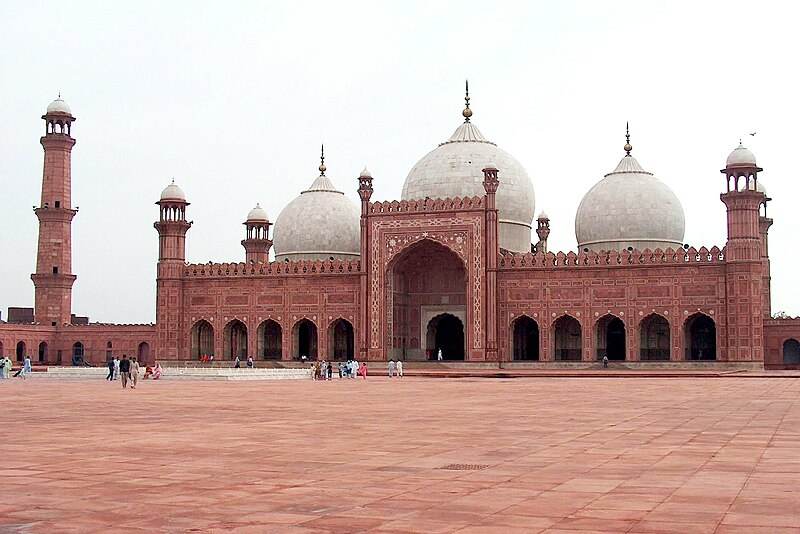

Croatia 1 Dinars 1991 UNC
Front: Ruder Baskovic (1711-1781)
Back: Zagreb Cathedral
An Educational portal with various pictures of banknotes and information. All the banknotes on this site is exclusive property of Encyclobanknotes.


 Zagreb Cathedral, The building of the cathedral started in the 11th century (1093), although the building was razed to the ground by the Tatars in 1242. At the end of the 15th century, the Ottoman Empire invaded Bosnia and Croatia, triggering the construction of fortification walls around the cathedral. Some of these fortifications are still intact. In the 17th century, a fortified renaissance watchtower was erected on the south side, and was used as a military observation point, because of the Ottoman threat. In 1880, the cathedral was severely damaged in an earthquake. The main nave collapsed and the tower was damaged beyond repair. The restoration of the cathedral in the neogothic style was made by Hermann Bollé, bringing the cathedral to its present form. As part of that restoration, two spires of 105 m (344 ft) height were raised on the western side, both of which are in the process of being restored during a massive general restoration of the cathedral.
Zagreb Cathedral, The building of the cathedral started in the 11th century (1093), although the building was razed to the ground by the Tatars in 1242. At the end of the 15th century, the Ottoman Empire invaded Bosnia and Croatia, triggering the construction of fortification walls around the cathedral. Some of these fortifications are still intact. In the 17th century, a fortified renaissance watchtower was erected on the south side, and was used as a military observation point, because of the Ottoman threat. In 1880, the cathedral was severely damaged in an earthquake. The main nave collapsed and the tower was damaged beyond repair. The restoration of the cathedral in the neogothic style was made by Hermann Bollé, bringing the cathedral to its present form. As part of that restoration, two spires of 105 m (344 ft) height were raised on the western side, both of which are in the process of being restored during a massive general restoration of the cathedral.
 Portugal 100 Escudos 1965 UNC
Portugal 100 Escudos 1965 UNC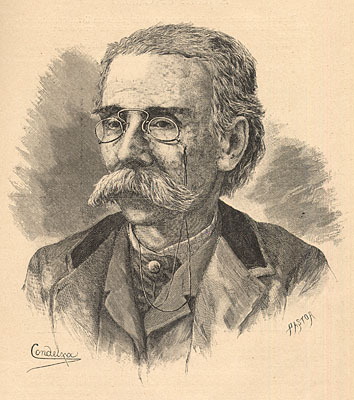 Camilo Ferreira Botelho Castelo-Branco
Camilo Ferreira Botelho Castelo-Branco
was a prolific Portuguese writer of the 19th century, having authored over 260 books (mainly novels, plays and essays). His writing is, overall, considered original in that it combines the dramatic and sentimental spirit of Romanticism with a highly personal combination of sarcasm, bitterness and dark humour. He is also celebrated for his peculiar wit and anecdotal character, as well as for his turbulent (and ultimately tragical) biography.
His writing, which is centered in the local and the picturesque and is in a general sense affiliated with the Romantic tradition, is often regarded in contrast to that of Eça de Queiroz - a cosmopolitan dandy and a fervorous proponent of Realism, who was Camilo's literary contemporary in spite of being 20 years younger. In this tension between Camilo and Eça - often dubbed by critics the literary guerilla - many have interpreted a synthesis of the two great tendencies present in the Portuguese literature of the 19th century.


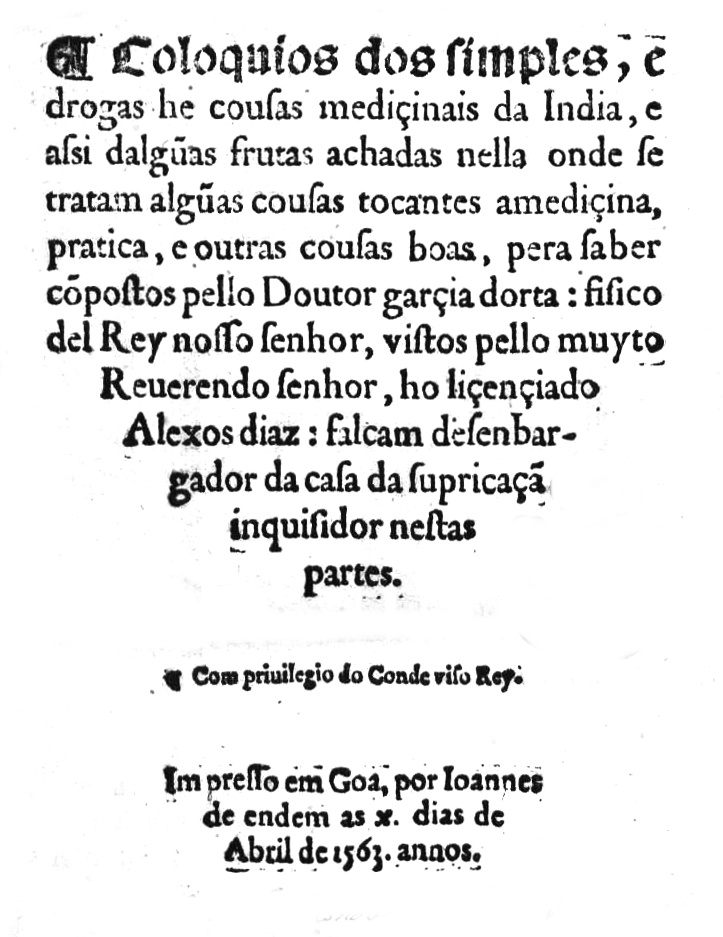 Title page of Garcia de Orta's Colóquios. Goa, 1563.
Title page of Garcia de Orta's Colóquios. Goa, 1563. Sintra is both a town and a municipality in Portugal, located in the Grande Lisboa subregion and the Lisbon Region. The town is a UNESCO World Heritage Site on account of its 19th century Romantic architecture. The town of Sintra refuses to be promoted to City Status, despite being the center of the second most populated municipality of Portugal.
Sintra is both a town and a municipality in Portugal, located in the Grande Lisboa subregion and the Lisbon Region. The town is a UNESCO World Heritage Site on account of its 19th century Romantic architecture. The town of Sintra refuses to be promoted to City Status, despite being the center of the second most populated municipality of Portugal.
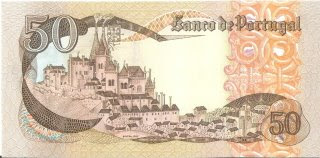

 Peru 50 Soles 1977 UNC
Peru 50 Soles 1977 UNC Túpac Amaru II (José Gabriel Túpac Amaru b. March 19, 1742 in Tinta, Cusco, Peru – executed in Cusco May 18, 1781) was the leader of an indigenous uprising in 1780 against the Spanish occupation of Peru. Although unsuccessful, he later became a mythical figure in the Peruvian struggle for independence and indigenous rights movement and an inspiration to a myriad of causes in Peru. He should not be confused with Túpac Katari who led a similar uprising in the region now called Bolivia at the same time
Túpac Amaru II (José Gabriel Túpac Amaru b. March 19, 1742 in Tinta, Cusco, Peru – executed in Cusco May 18, 1781) was the leader of an indigenous uprising in 1780 against the Spanish occupation of Peru. Although unsuccessful, he later became a mythical figure in the Peruvian struggle for independence and indigenous rights movement and an inspiration to a myriad of causes in Peru. He should not be confused with Túpac Katari who led a similar uprising in the region now called Bolivia at the same time



 Serbia 10 Dinara 2000 UNC
Serbia 10 Dinara 2000 UNC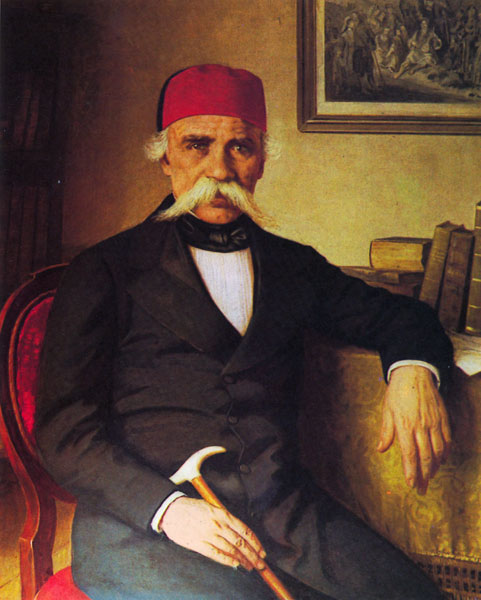


 Radivoje "Rade" Tomov Petrović was born on 13 November (1 November Old Style), 1813 in the village of Njeguši, the capital of the Montenegrin district Katunska Nahija as the son of Tomo Markov Petrović and Ivana Proroković Petrović. He had two brothers, Pero and Jovan, as well as two sisters. His family was the House of Petrović-Njegoš - a dynasty that served as the Prince-Bishops of Montenegro for over a century. At the time of his birth, Montenegro did not exist as a modern state. The borders of its territory were undefined and Montenegro was not recognized as independent from the Ottoman Empire, while its de jure ruler was a Venetian-imposed Governor. Power actually lay with the squabbling, disunited clan chiefs, who variously recognised the authority of the Austrian Empire, the Republic of Venice, the Ottoman Empire or the Cetinje Metropolitan (Prince-Bishop).
Radivoje "Rade" Tomov Petrović was born on 13 November (1 November Old Style), 1813 in the village of Njeguši, the capital of the Montenegrin district Katunska Nahija as the son of Tomo Markov Petrović and Ivana Proroković Petrović. He had two brothers, Pero and Jovan, as well as two sisters. His family was the House of Petrović-Njegoš - a dynasty that served as the Prince-Bishops of Montenegro for over a century. At the time of his birth, Montenegro did not exist as a modern state. The borders of its territory were undefined and Montenegro was not recognized as independent from the Ottoman Empire, while its de jure ruler was a Venetian-imposed Governor. Power actually lay with the squabbling, disunited clan chiefs, who variously recognised the authority of the Austrian Empire, the Republic of Venice, the Ottoman Empire or the Cetinje Metropolitan (Prince-Bishop).



 Nicholaos Gysis (Greek, 1 March 1842-1901) is considered one of Greece's most important nineteenth century painters and is most famous for his work Eros and the Painter: his first genre painting, recently auctioned at Bonhams in London and last exhibited in Greece in 1928. He is the major representative of the Greek 19th century art movement of the Munich School.
Nicholaos Gysis (Greek, 1 March 1842-1901) is considered one of Greece's most important nineteenth century painters and is most famous for his work Eros and the Painter: his first genre painting, recently auctioned at Bonhams in London and last exhibited in Greece in 1928. He is the major representative of the Greek 19th century art movement of the Munich School.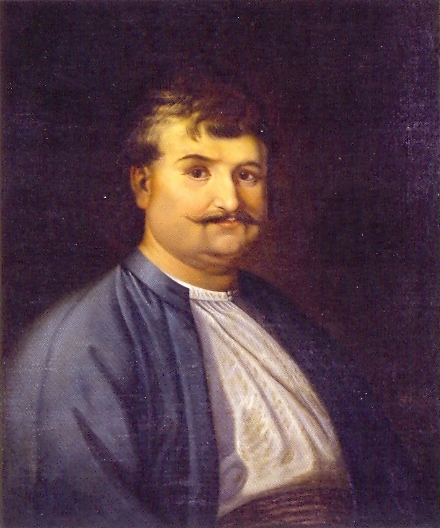 Rigas Feraios or Rigas Velestinlis was a Greek writer and revolutionary, an eminent figure of Greek Enlightenment, remembered as a Greek national hero, the first victim of the uprising against the Ottoman Empire and a forerunner of the Greek War of Independence.
Rigas Feraios or Rigas Velestinlis was a Greek writer and revolutionary, an eminent figure of Greek Enlightenment, remembered as a Greek national hero, the first victim of the uprising against the Ottoman Empire and a forerunner of the Greek War of Independence.



 Pakistan 2 Rupees UNC
Pakistan 2 Rupees UNC